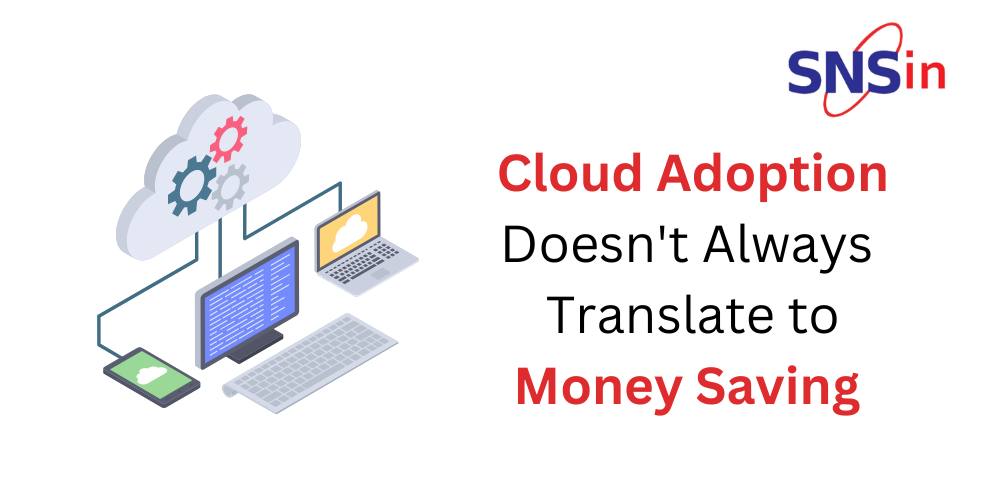Shifting Cost Structures It is one of the reasons why cloud adoptions don’t always result in cost savings. On-prem infra incurs large upfront capital expenditures & the cloud follows a pay-as-you-go model. It provides flexibility and could lead to increased costs over time. It could happen if usage is not tracked or there is a lack of cost optimization measures.
Misaligned Workloads & Resource Allocation
Misaligned workloads and inefficient resource allocation undermine cloud adoption’s cost savings. The existing systems’ migration to the cloud must be evaluated and optimized. If not, it could result in resource over-provisioning, increasing expenses. The workloads and resource allocation optimization should align with the appropriate cloud service. Else, organizations may end up paying for unused or underutilized resources. Thus, it erodes potential savings.Data Transfer & Egress Costs
Cloud adoption involves moving data and applications from on-prem to the cloud. Initial migration costs may be reasonable. Yet, ongoing data transfer and egress costs could escalate in a jiff. It could happen particularly for data-intensive workloads. Companies with significant data transfer needs might find themselves facing unexpected charges.Lack of Cloud Cost Management & Governance
Proper cloud cost management and governance are vital in realizing potential cost savings. Companies tend to overlook cost optimization opportunities without a robust strategy in place. They also often fail to track and control resource consumption. Tracking and managing costs across different teams and projects has been a challenge. It is due to these 2 reasons:- complexity of cloud pricing models and
- the decentralized nature of cloud deployments.
Other Cost Factors
There are several other aspects that could impact the cost of cloud adoption. Extra cost factors include:- the need for specialized skills, and expertise to manage and optimize cloud resources.
- potential costs associated with rearchitecting applications for the cloud.
- the need for more security measures and compliance requirements.
Wrap Up
Yes, cloud adoption offers undeniable advantages! It provides scalability, flexibility, and improved operational efficiency. Careful planning, optimization, and governance could result in cost reductions. It is also important to dispel the myth that cloud adoption always equates to money savings. Organizations must approach cloud adoption with a realistic understanding of the financial implications. Organizations must align workloads, optimize resource allocation, and track and control costs. Implementing effective cloud cost management strategies could increase the benefits of cloud adoption. Thus, organizations could achieve the desired cost savings in the long run. To collaborate with SNS – please drop an email at [email protected]. We will help you understand the benefits of customized cloud solutions & cloud based security solutions while optimizing costs. ![]()



